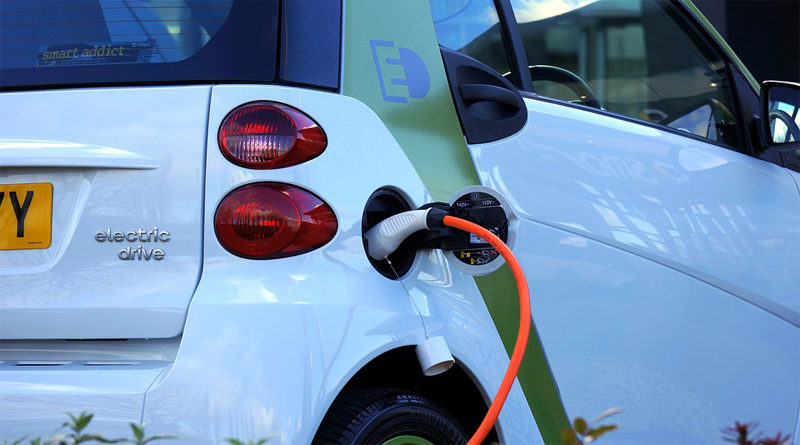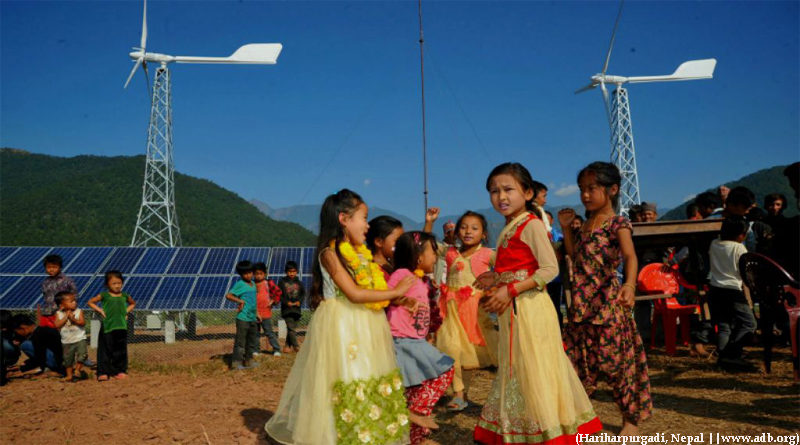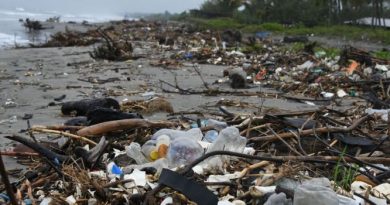Five Reasons to be Hopeful of a Cleaner, Greener Future

As World Environment Day comes over again, this time, we believe there are some real reasons to be hopeful of positive change. With advancements in technologies which are boosting renewable energy to policy reforms made by informed governments that are planning for the future and most importantly a knowledgeable public ready to take charge and adopt the lifestyle changes that matter.
Here we have 5 reasons to look forward to a greener future.
- RENEWABLES ARE GROWING AND GETTING CHEAPER

Due to declining costs and improvements in renewable technologies, solar and wind projects are being built in more places around the globe more cheaply than any time in history. Some studies estimate that the entirety of the world’s power needs could be met just by renewable energy as early as 2050. With correct and supportive public policies put in place to help implement them. This will have a big part to be played by the officials and authorities and us, the people to be active and prepared for the change, and bring the change.
Adopt newer sources for serving our energy demands, with greater and growing ease of access to renewables. When solar power costs the same as purchasing power from the grid, it’s called solar grid parity, and it’s an important milestone in demonstrating the cost effectiveness of harnessing the power of the sun.
- THE ELECTRIC VEHICLE MARKET IS TAKING off IN A BIG WAY

Relatively new on the streets, global annual sales of electric vehicles have grown tenfold in just five years. There are now more than 3 million EVs on the road today. 3 Million vehicles that run entirely on electricity and a number that is expected to more than triple over the next two years. More and more vehicles are plugging in every day. As just one excellent example among many, the city of Seattle, Washington, is spurring the mass electrification of many modes of transport, including passenger cars, trucks, transit, off-road vehicles, and maritime transportation through its Drive Clean Initiative, in order to help reach its ambitious goal of eliminating greenhouse gas emissions from transport by 2050.
China and South East Asia is quickly securing its spot at the top of the EV market with countries like India ready to take the charge and completely shift to electric vehicles sooner rather than later. Read more about the Indian EV revolution here.
- TRANSPORTATION IS MORE EFFICIENT AND PUBLIC TRANSIT IS GROWING
At the same time, use of public and mass transportation is growing rapidly. Technical improvements for new vehicles could avoid about 1.4 gigatons of CO2 annually by 2030, several countries are implementing eco-driving programs, and emissions mandates on cars in the US and EU are saving fuel in a big way. Meanwhile, huge investments in public transportation in countries like India and Colombia are helping contribute to energy conservation, land preservation, reduced air pollution, and so much more. Read in detail about how the FAME scheme plans to incorporate electric and clean public transit and the current state of the system.
- YOUNG PEOPLE ARE GETTING INVOLVED, FORCING THE PUBLIC OPINION TO CHANGE
Young people are maybe the most vocal group in the climate fight, perhaps because they have the most to lose. Student groups have led the charge, planted thousands of trees. And they’ve worked together to advance a network of educational institutions helping one another achieve sustainability.
If all the different groups listed above aren’t proof that people are getting on board with action to create a clean energy future, a 2017 Pew Research survey showed that an overwhelming majority of people worldwide believe the climate crisis is a major threat – with respondents in 13 countries, mostly in Latin America and Africa, identifying global climate change as the topmost threat to their nation. A whopping 78 percent of respondents in another global Pew survey supported their country limiting greenhouse gas emissions as part of an international accord like the Paris Agreement.
People around the world are coming together to fight against practices that in any way or form are hurting the environment. Be it the strike against Sterlite in India, or even the protests against nuclear power plants or landfills now, it gives policy makers an incentive to look at cleaner solutions.
- CLEAN ENERGY IS SECURING AND SAVING LIVES

Currently, nearly one-fifth of the world’s population lacks access to electricity, mostly in rural areas of the developing world unable to connect to power grids. But with solar, batteries, LED lights, and efficient appliances getting more affordable all the time and entrepreneurs developing new approaches both to technology and support for rural communities, it shouldn’t be for long. The solar and Wind hybrid plants that have been set up in remote villages in Nepal is an outstanding example of this initiative to connect the entire population, to get power to everyone.
Meanwhile, Tesla deployed solar to Puerto Rico as the island worked to recover from Hurricane Maria, and projects in Bangladesh, Peru, and rural villages of India are bringing electricity where there was once none – all through the power of the sun. With a warming climate come the challenges of ensuring food and water security for millions, sometimes spurring human migrations and further destabilizing vulnerable countries. But as large consumers, be it transport systems or defence forces across the world, start embracing renewable energy, we can legitimately hope that things will change soon.
![]()




